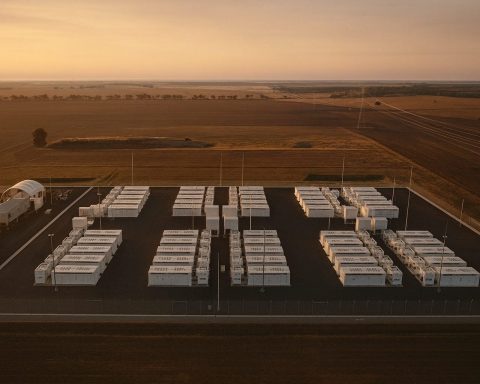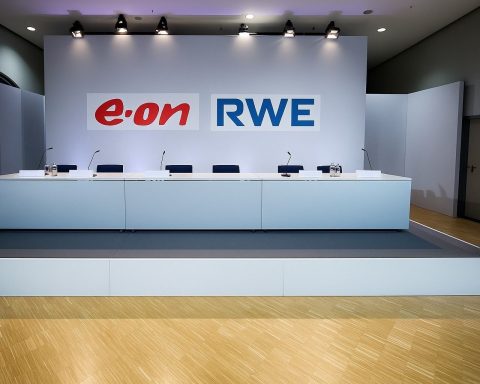
Best Green Energy Stocks to Buy Now (December 2025): 7 Top Picks for the AI Power Boom
As of December 7, 2025, green energy stocks are back on investors’ radar. After a brutal 2021–2023 slump, the sector is benefiting from surging electricity demand from AI data centers, ongoing electrification, and a renewed focus on energy security – even as










